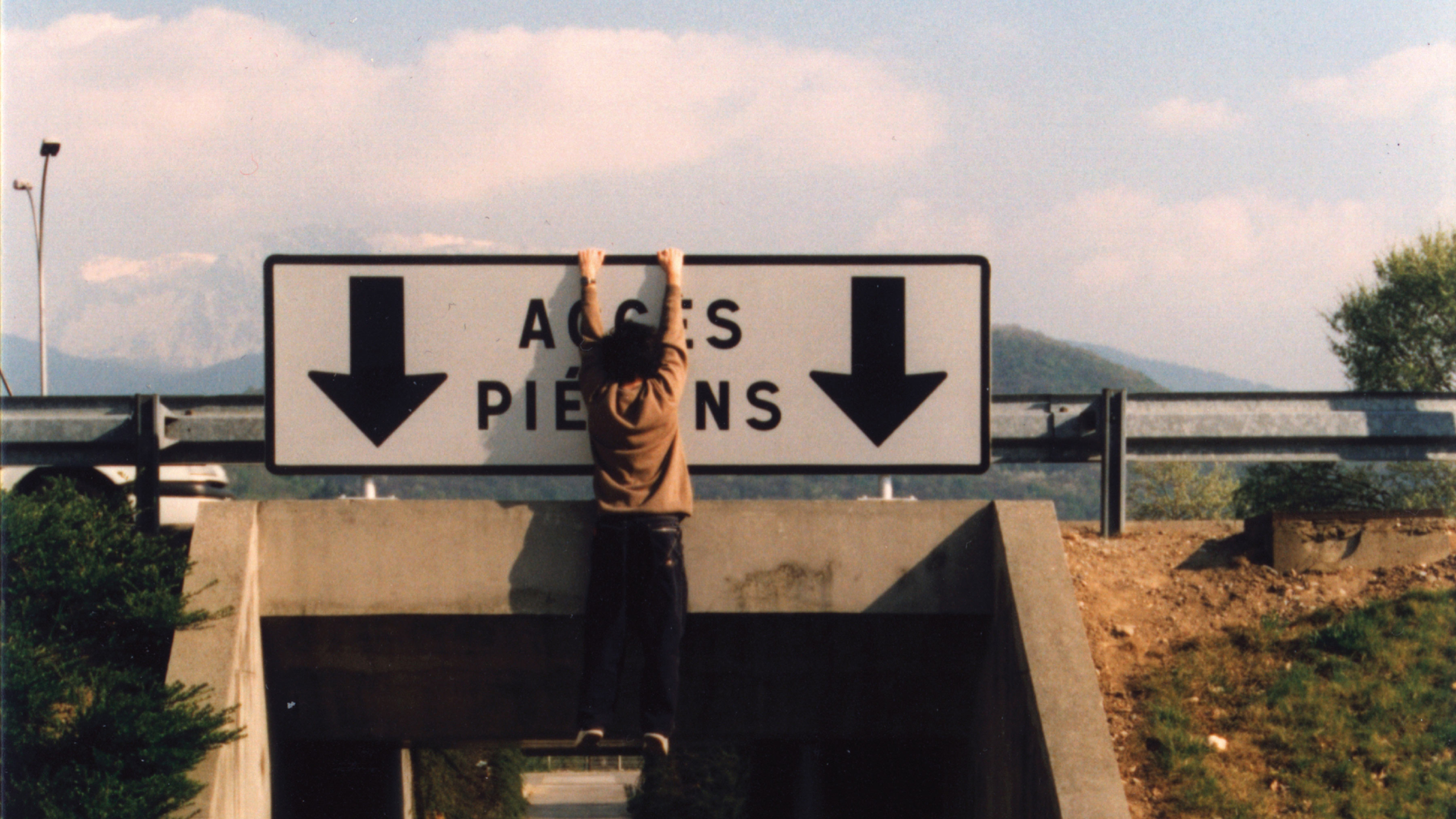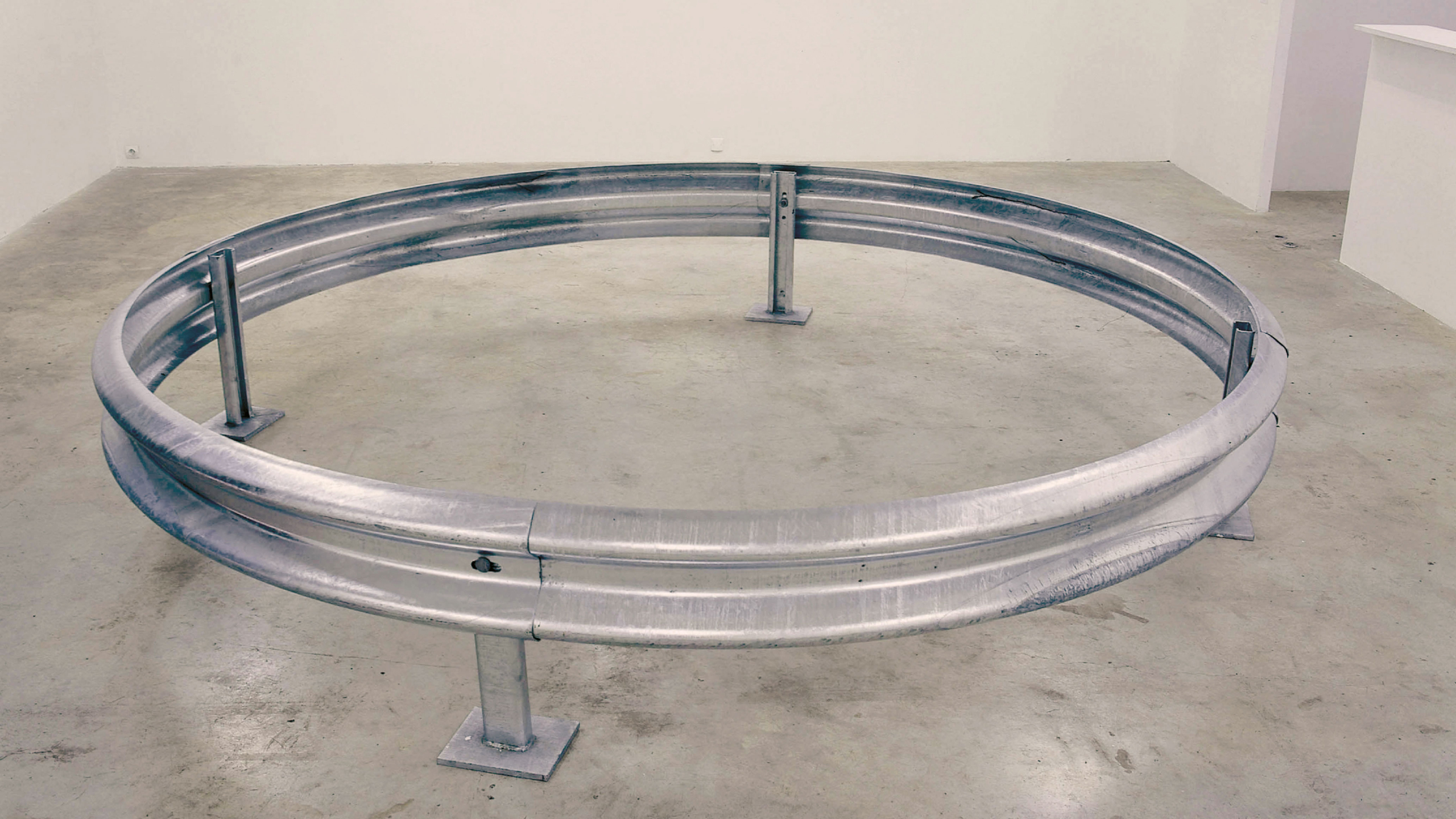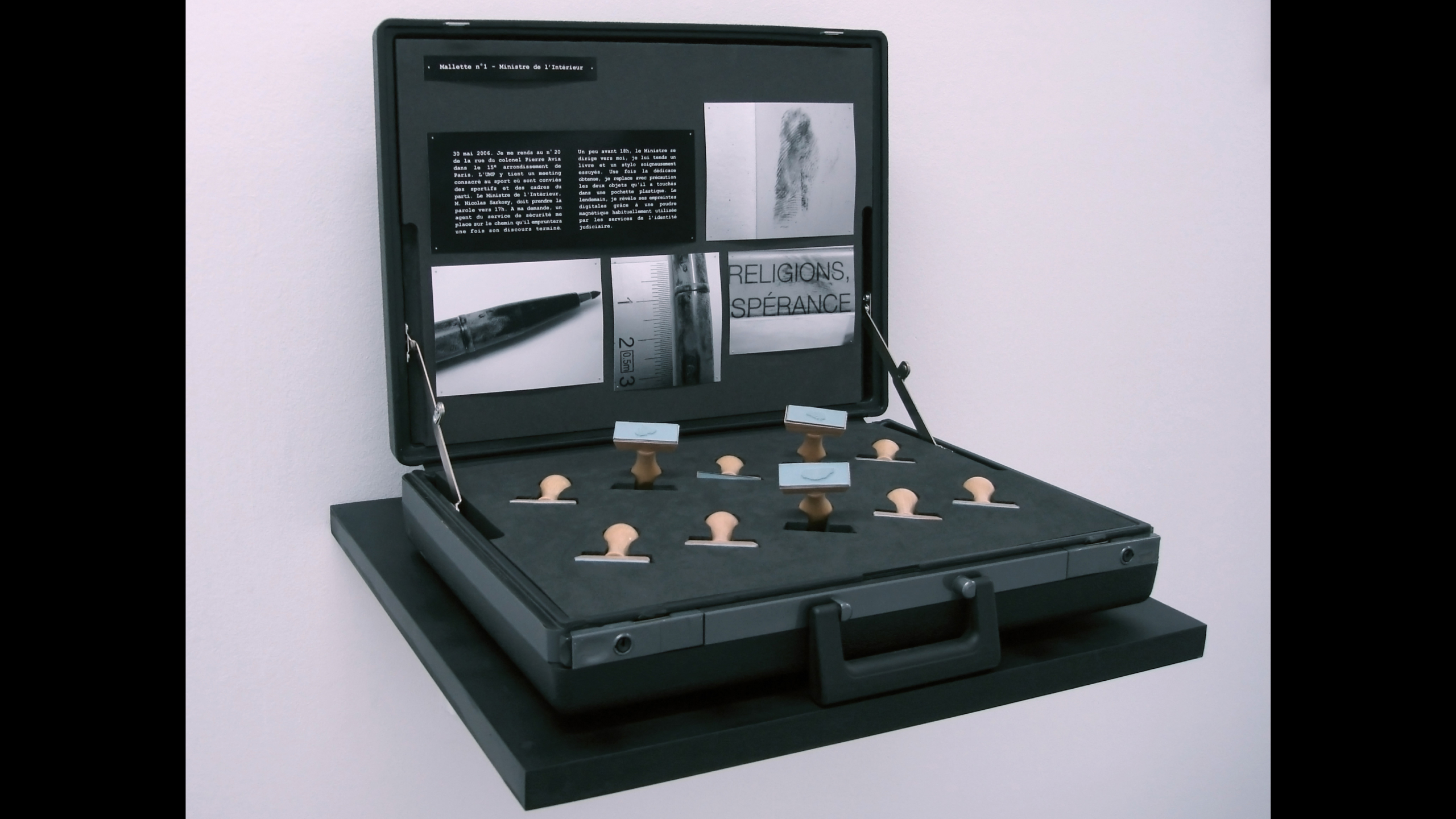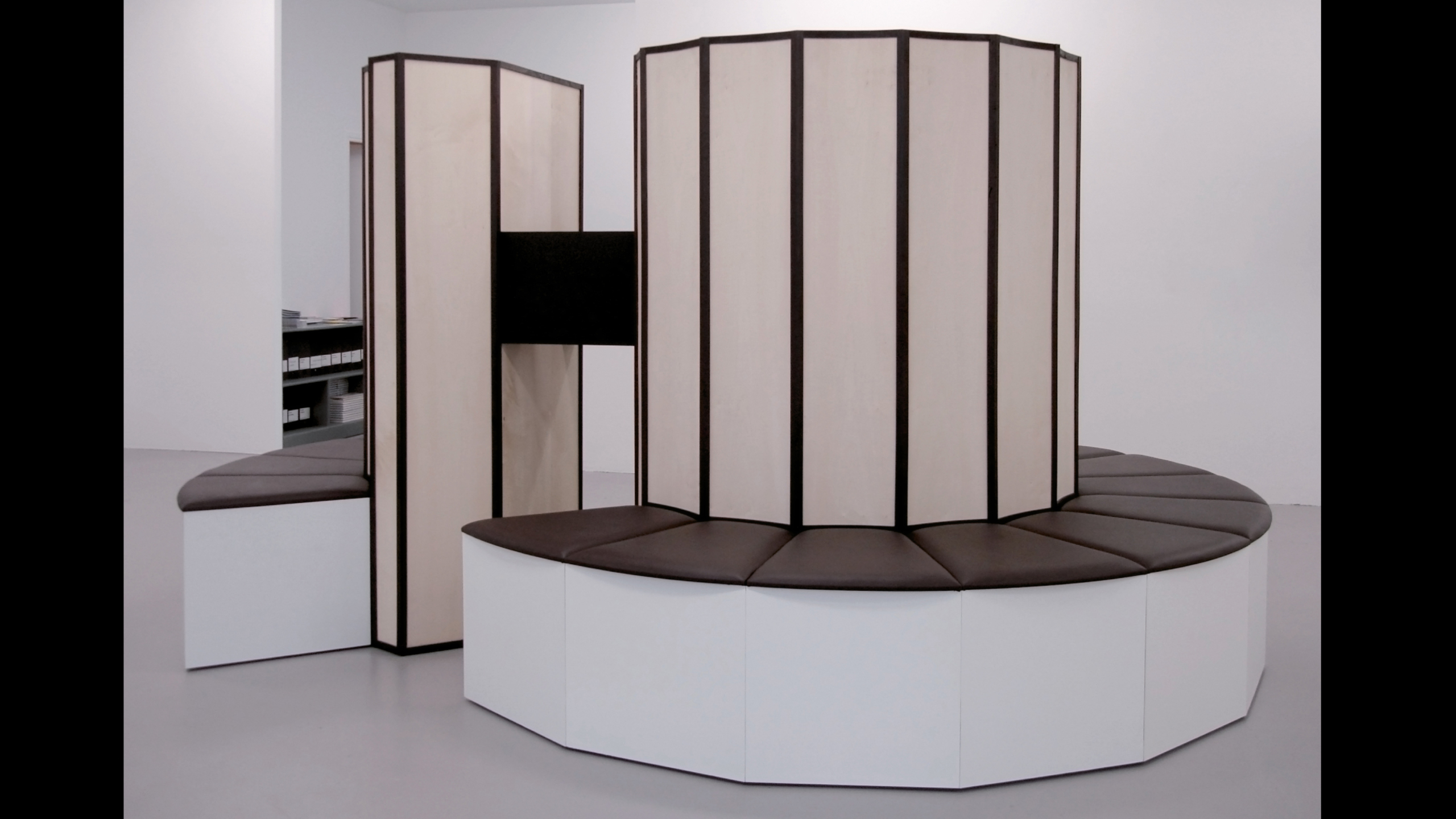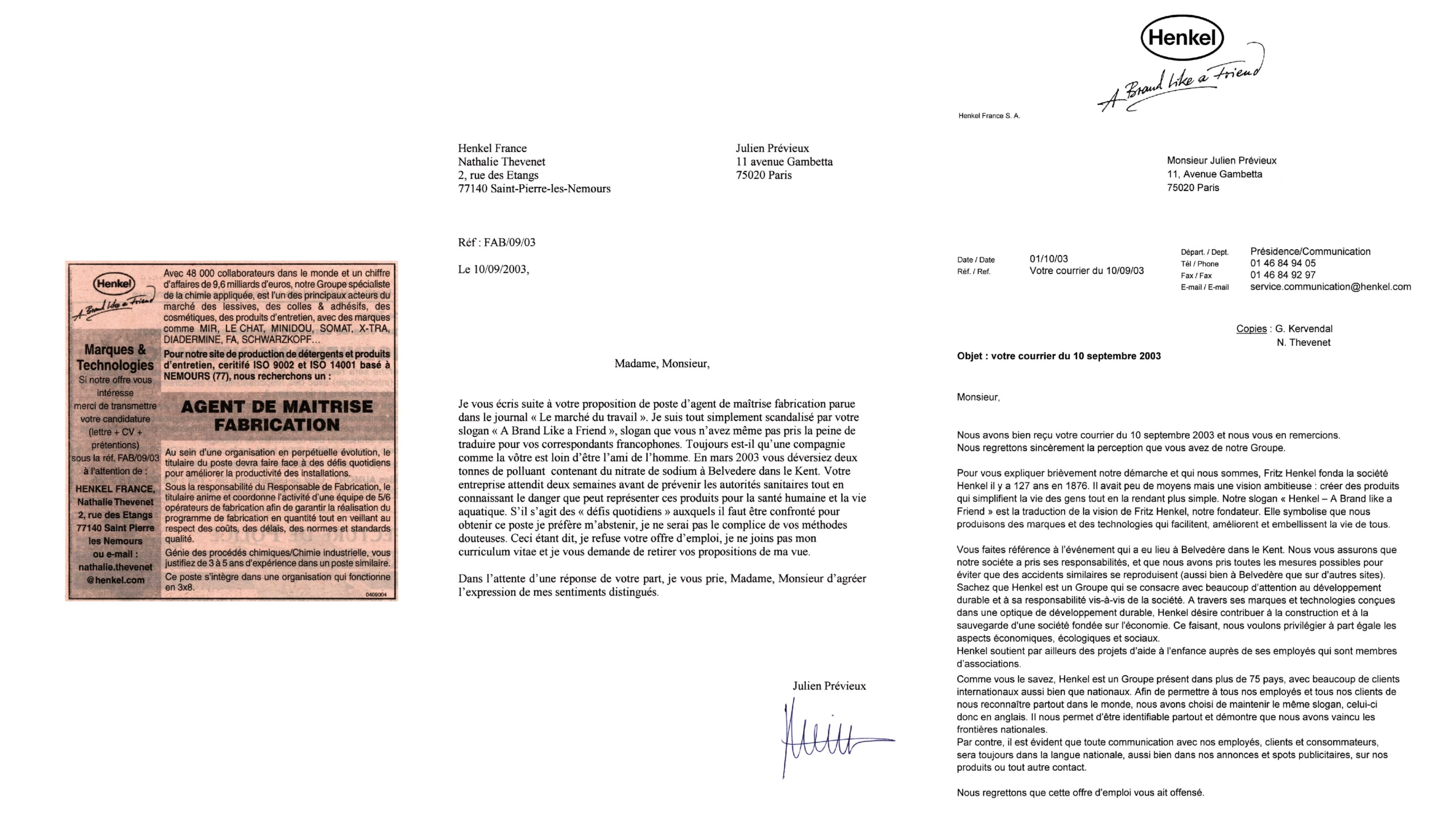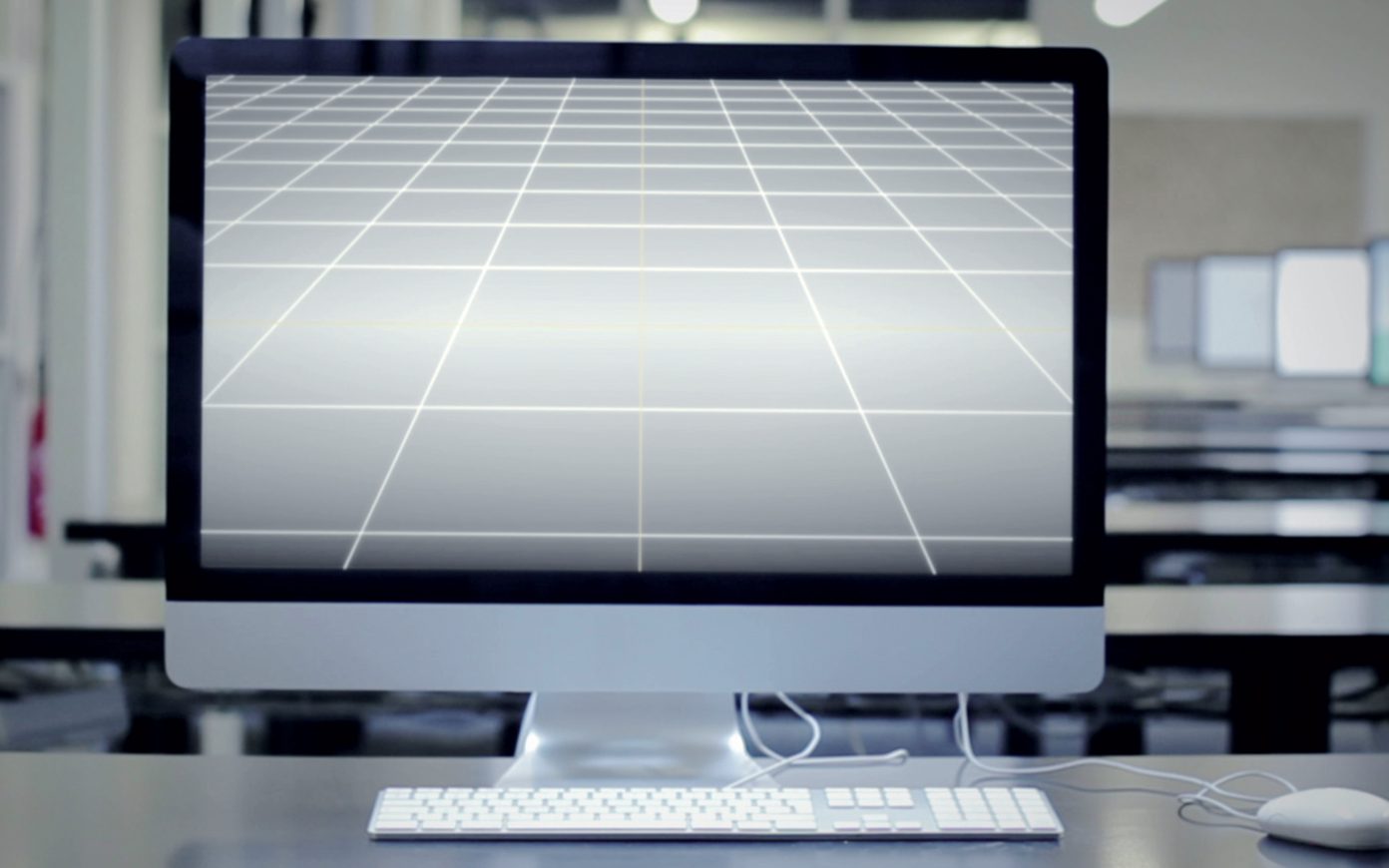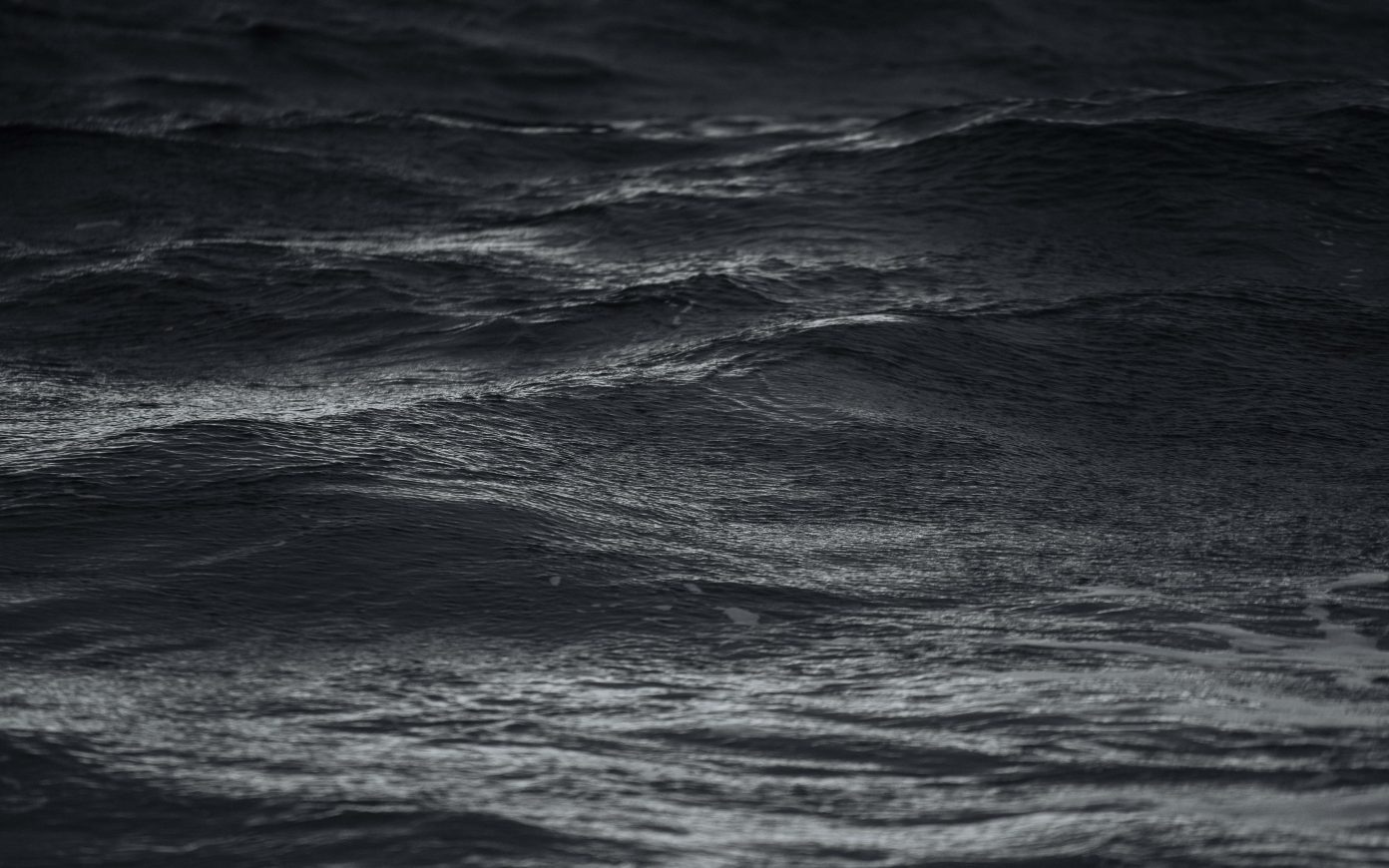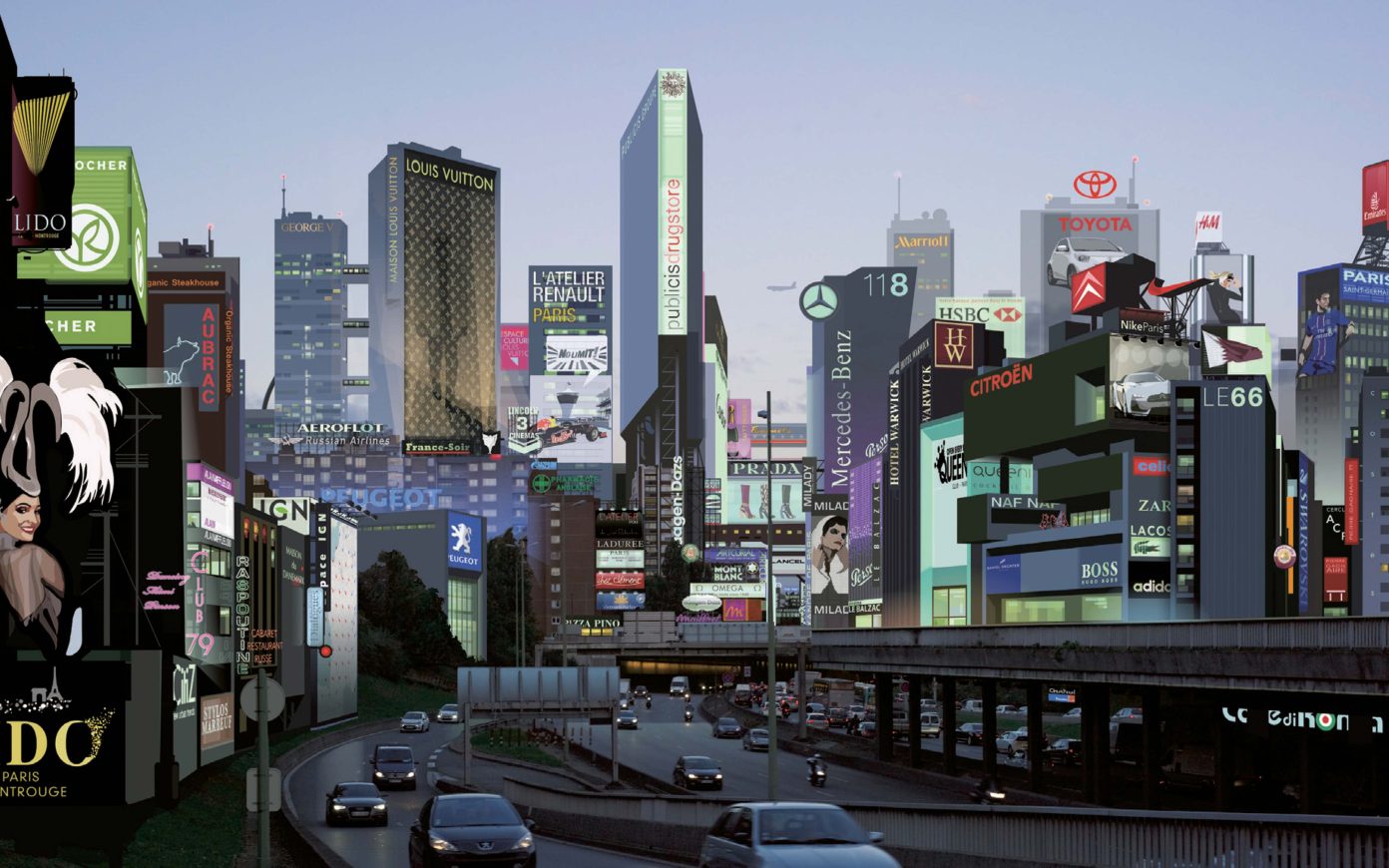In this last work, a wall drawing with dimensions identical to the original, the journey made by the artist’s eyes across a painting by Caravaggio is exposed to the gaze of the spectator. Thus, it is no longer the work that the artist reveals in his appropriative, reproductive approach, but his perception, even his own appropriation of the work, being what he has retained on a retinal level. In a documentary about his work, David Hockney recalls the importance that each view—exploration—of each spectator of a painting is unique, original. If the viewer does indeed make the picture, each viewer makes a different picture. In the case of Julien Prévieux, it is no longer the discourse that comes to describe the painting, as Daniel Arasse would do by showing us the details of the painting, but the simple retinal path, proof and testimony of his reading of the painting. Equivalence finds itself biased, even though the derivative, in principle, carries the same title as the original.
Sampling the real can also be the opportunity for a different reading of it. It is then diverted, parodied, exacerbated, actions that lead us to challenge it. The artist becomes an activist, with greater or lesser means. In the case of Julien Prévieux, we have a low-tech hacker, fighting with means that are efficient, but rather inexpensive and demonstrative. Parody, etymologically speaking, means the way through, the path that is off to one side, a non-frontal engagement with things where it is not necessarily and solely a matter of ridiculing the object being consideredÉclairage illicite, a series of five drawings on paper, reactivates this parody of reproduction, playing on misappropriation. Created in 2006, following a commission from the 1664 firm, Julien Prévieux enjoys circumventing the law to show people drinking alcohol, in this case the 1664 beer. Thanks to the use of a phosphorescent white ink that absorbs light during the day to then reveal itself in the shadow, the scenes of consumption of alcohol that are represented can only be seen when night falls.. It is undoubtedly this parodic practice that corresponds to Lettres de non-motivation and the work in several parts À la recherche du miracle économique. Or what one might call the introduction, the intrusion of one logic into another, an autonomous and meaningful system within an already efficacious and efficient system.
With his Lettres de non-motivation, Julien Prévieux gives insight into the current system of employment and application, turning his counterproductive approach into an act of resistance.
For several years, the artist replied negatively to job offers, making these answers that decline the proposals the material for a full-time job. This complex, costly and ongoing activity (the search for ads to be answered, the search for motivational elements to motivate a lack of motivation, stamping letters, answering eventual responses) then becomes a long and multiple refusal to work, particularly under the conditions proposed by the offered jobs. Indeed, each offer is systematically refused by Julien Prévieux who imagines the privileged recipient of these offers, and in turn takes on different profiles of the unemployed (overworked, illiterate, paranoid, defender of the environment…). Each response gets its own special treatment, a kind of exercise in style in a laborious fashion, and a personalized invention. For example, the non-motivation letter sent to Henkel, a group specializing in applied chemistry, highlights the paradox of a multinational company whose slogan is “A Brand like a Friend” and who produces pollutants and Ecological disasters. Most of the time, responses from the Human Resources Department are standard form lettersOne of the last letters sent by Julien Prévieux is a standard letter of response, itself answered by a standard letter of response…who have not taken into account the goal of the letter or who have not been able to see the particular nature of the applicant. Proof that these letters of motivation, “a one-way social game,” are rarely read or understood. In a few cases, the answer is personalized, essentially when the company sees its reputation dragged into difficult waters by the artist, like in the case of Henkel trying to restore its image.
Julien Prévieux: “The Turing test is a test designed by Alan Turing in the 1950s. It aims to distinguish man from machine. To preserve the simplicity and universality of the test, the conversation is limited to a textual exchange between the protagonists. Over more than one thousand non-motivated letters sent, only five correspondents passed the test successfully.”
